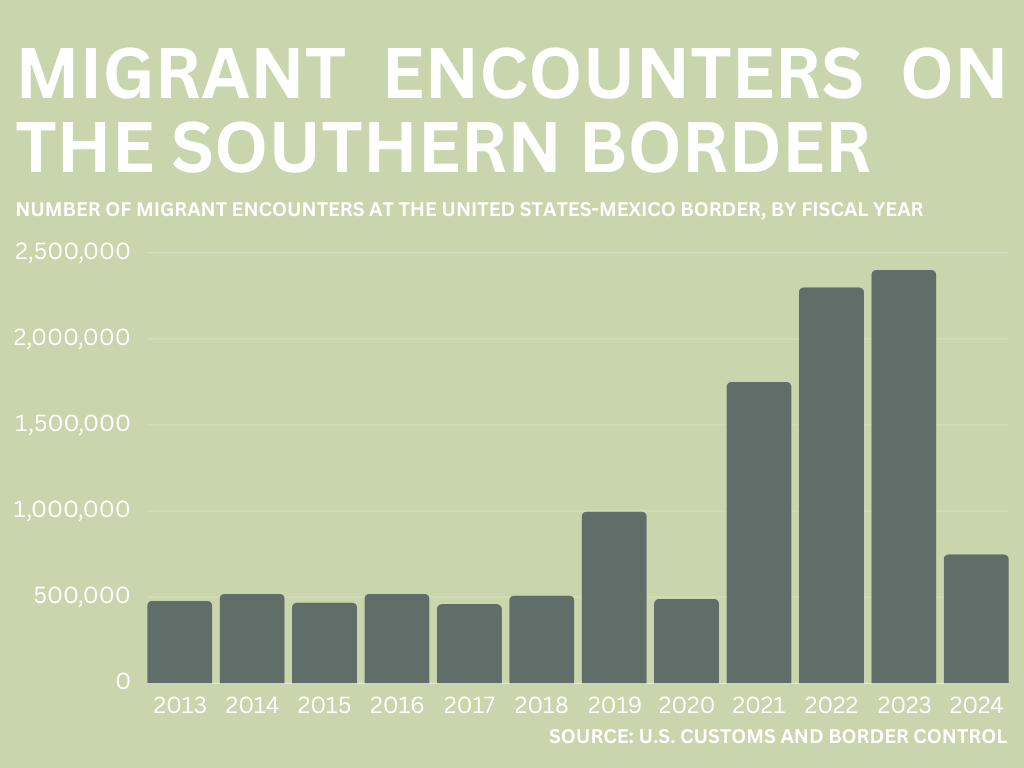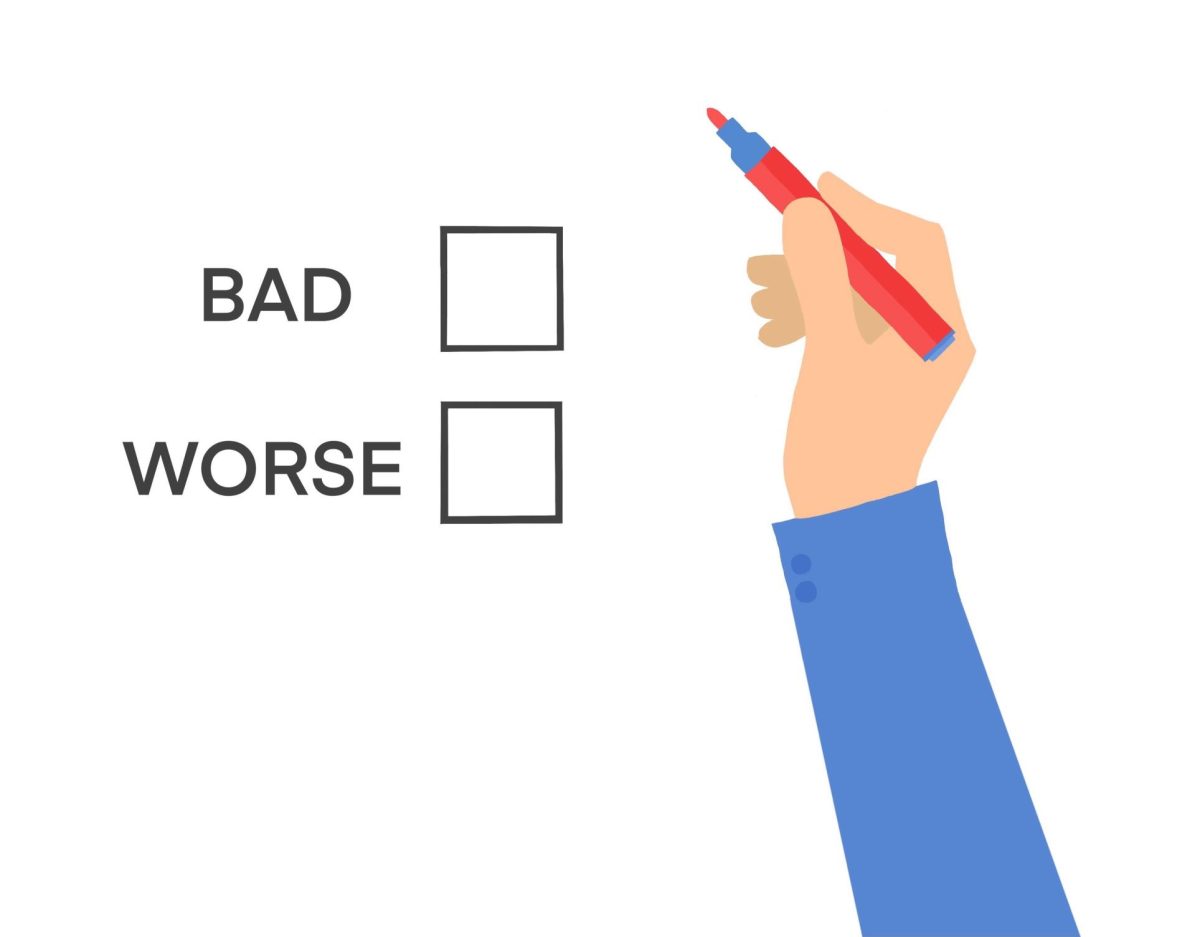City officials need to pay closer attention
to displacement of minorities as Austin grows
During the past year, the neighborhood around school has seen rapid changes. New restaurants have been popping up everywhere along Burnet and Lamar. Big, modern houses stick out next to the older, smaller ones typical of the Brentwood neighborhood. The new Camden Lamar Heights building just around the corner has opened, contributing to some of the nearly 10,000 apartments added to the Austin market last year, and the rent rates are still going up. Although this is often seen for the better, people need to remember the effects of these changes on Austin’s diversity.
Austin is the third-fastest growing metro area in the nation, and this growth does not come without consequences. With the price of living in Austin 10.1 percent above the national average, the fast growth is widening an economic gap that is splitting the population along racial lines. While the population of Austin as a whole has greatly increased over the past 10 years, the number of African-Americans within the city limits has declined. Property taxes are on the rise while wages aren’t, burdening long-time residents. Those who can afford the rising living costs displace those who cannot, and that is changing the dynamic of the city. Bringing awareness to the gentrification of Austin neighborhoods is becoming increasingly important.
As the city grows, neighborhood changes are affecting area schools, especially at the elementary level. Surrounding the elementary schools in the area are neighborhoods where the living cost is rising and families with young children are decreasing.
Because the people being displaced are of low socioeconomic status, their voices can often go unheard. It’s easier for developers and politicians to pay attention to the places where there is potential to make more money and satisfy the growing urban population. However, hearing the voices of the minority groups affected by the growing economic gap is critical. The diversity that is so much apart of Austin will go to the wayside if city politicians can’t find ways to keep the city more affordable amid the development.
The population growth and accompanying money may give power to the economic divide in Austin, but awareness of the problem powers the minority voices and protects the city’s diversity.










